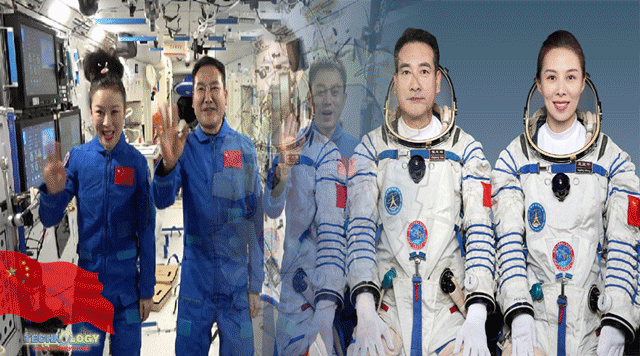The Shenzhou-13 crew is ready for their trip home after their six-month stay aboard China’s space station, according to the crew’s task team at Beijing Aerospace Control Center (BACC).

The Shenzhou-13 crew is ready for their trip home after their six-month stay aboard China’s space station, according to the crew’s task team at Beijing Aerospace Control Center (BACC).
The ground team told CGTN on Friday that the taikonauts are in great condition, and they will make the trip short, safe and smooth.
“The spaceship and the space-station are in great condition. The taikonauts are in great conditions, too, both physically and mentally,” said Yang Yanbo, the deputy commander of Shenzhou-13’s task team at BACC.
“The taikonauts had cleaned the core module and done status setup this morning. They’ve since been readying for the return trip,” said Yang. “The ground team is also ready after having gone through drills and preparations.”
This time, the Shenzhou-13 crew’s trip home is cut to just hours thanks to the fast-return technique.
“They were delighted to learn that news when we told the crew before their departure,” said Li Liang, the chief designer of manned spaceship team at Beijing Aerospace Control Center, adding that everything is done to make the trip “safe, fast and smooth.”
“We’ve held multiple rehearsals and have updated this return route,” said Li.
Compared to the Shenzhou-12 spaceship’s 18 orbits after the orbital module separation, the Shenzhou-13 spaceship only takes several rendezvous, according to Shao Limin, the deputy technology manager of Manned Spaceship System at China Academy of Space Technology.
“This will significantly cut down the time of the taikonauts’ wait in the capsule,” he said.
Apart from the return technique update, the Shenzhou-13’s landing experience is also an upgrade to ensure a safe and steady landing that’s best possible for the taikonauts’ health.
The secret is a gamma-height-control device by a team led by Sun Hao at China Aerospace Science and Industry Corporation.
“If you compare the re-entry capsule to a car on autopilot, our gamma-height-control device is what senses the very precise distance [from the ground] and gives the brake signal. When our signal gets through, the reverse engine kick starts and that will slow down the capsule. This brings about a soft landing and makes sure the taikonauts are safe,” she explained.
Sun also said that the “brake signal giver” will continue to prove crucial during the following launches and landings of the Shenzhou-14 and -15 spacecrafts during the assembly and operation stage of the China Space Station, as future Shenzhou spaceships are all planned to land in northwestern China’s Gobi desert.
This news was originally published by CGTN.